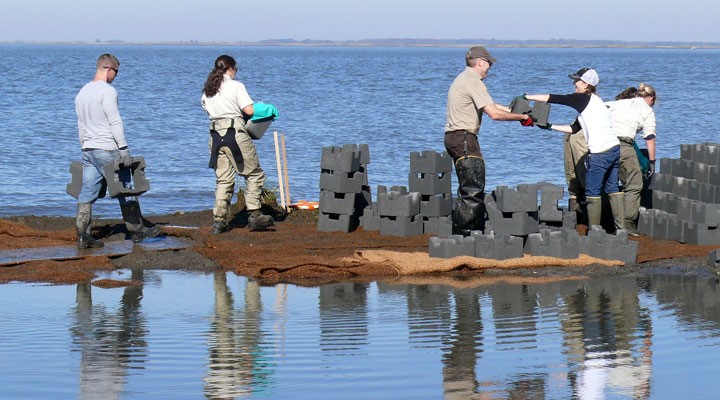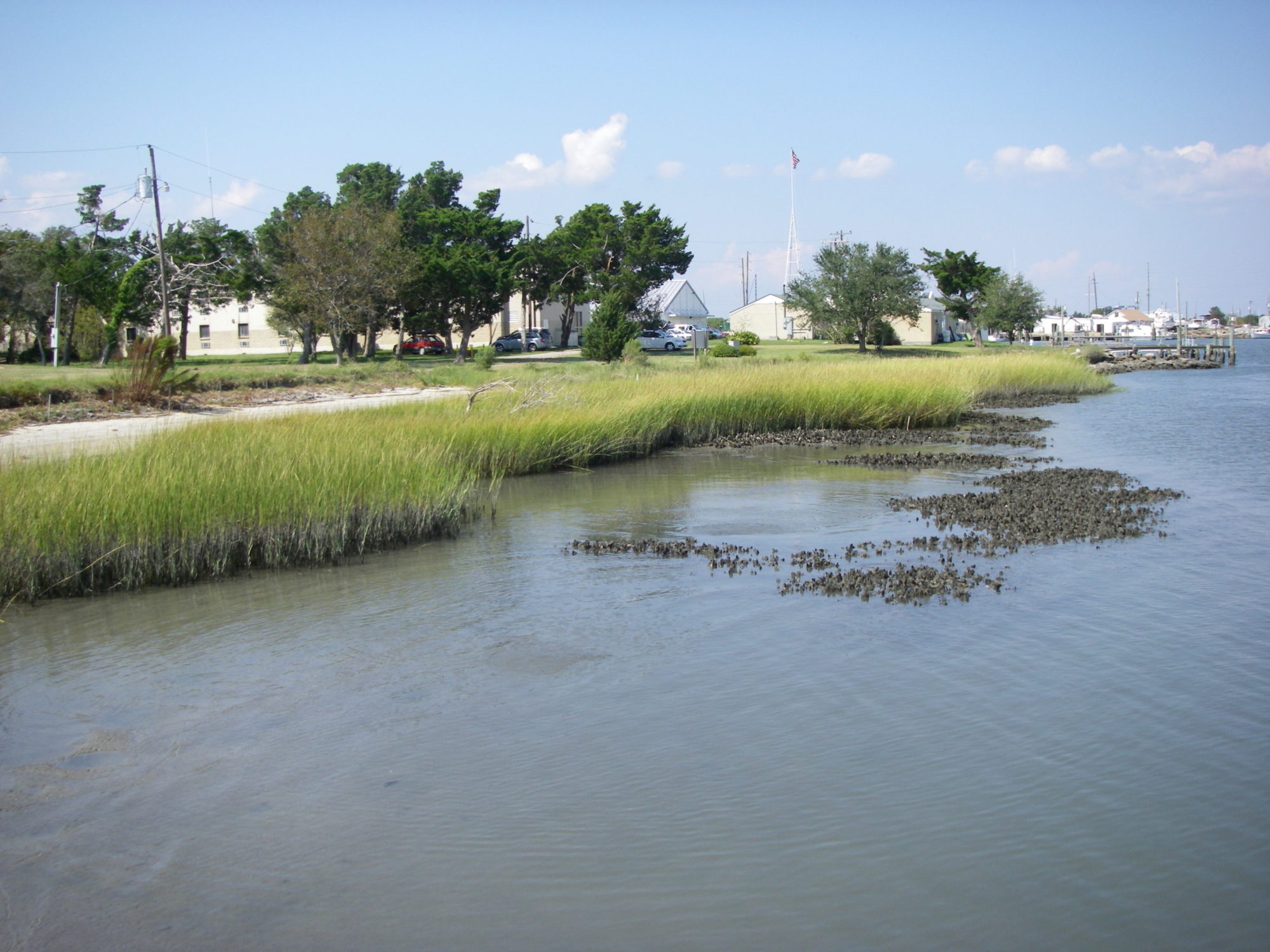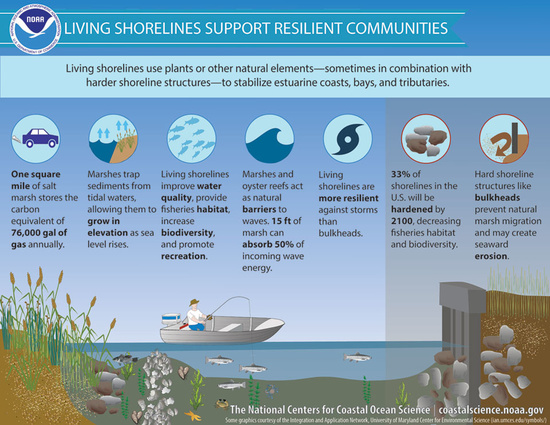Amidst the political crazy we like to call our United States government, and specifically what seems like a daily dismantling of environmental policies, there’s at least some folks at work on alternatives. Per a recent ASLA Advocacy brief: “On December 1, 2017, Congressman Frank Pallone Jr. (NJ) introduced H.R. 4525, the Living Shorelines Act of 2017. The measure would promote the use of natural infrastructure to help protect coastal communities from the rising threats of climate change, including increased storm intensity and frequency, increased flooding, and sea-level rise. ”

There are a number of existing programs aimed at this approach, and it’s been practiced for many years (and written about for many more). These precedents perhaps focus a bit more on restoration rather than resilience, so this bill stakes out some new ground, as mentioned ASLA, : “the measure would create a federal grant program to assist states, localities, and nongovernmental organizations in developing and constructing infrastructure projects that mitigate the effects of shoreline erosion by incorporating natural and organic materials such as wetland plants, aquatic vegetation, oysters and other shellfish, and native grasses, shrubs, and trees. “
The work be housed under NOAA, and prioritized for areas impacted by natural disaster in the last decade (sorry communities without disasters yet, trying to be proactive), but the research and information for each project would be able to be applied to similar reference conditions. And recently minted MacArthur Fellow and awesome advocate of living shorelines, SCAPE’s Kate Orff, ASLA offered some perspective on the LA front, per an ASLA email statement from 1/30:
“As a landscape architect, I support this legislation because it will allow communities and design professionals to work together in developing long-term solutions for transforming our coastal communities. Creating a built environment that protects and sustains us must include natural systems. Robust coastal ecosystems are critical next century infrastructure.”
Use iAdvocate Network to contact Congress to cosponsor/vote on this thing.
Full text of the bill is here.
HEADER: NOAA laboratory in Beaufort, NC. Image: Carolyn Currin,

